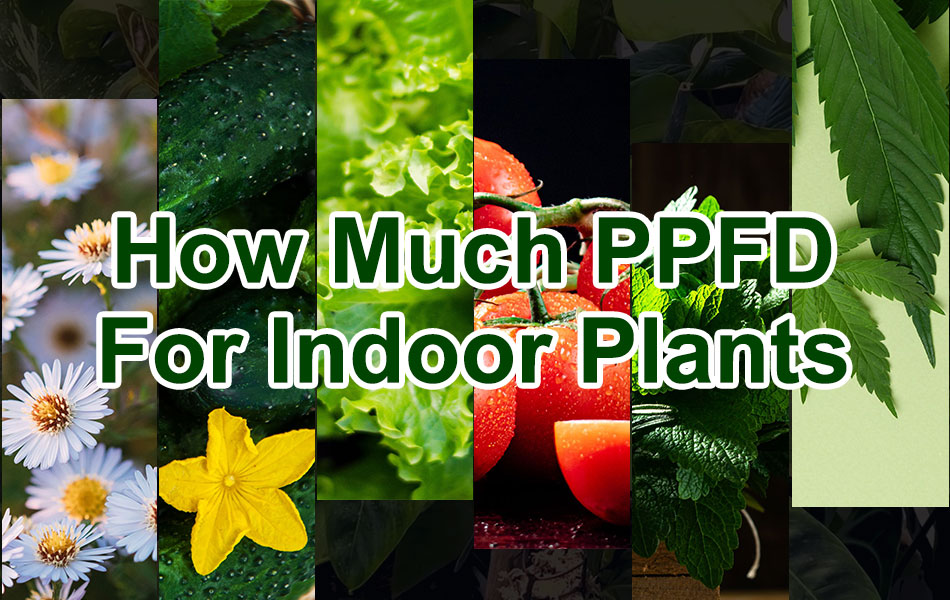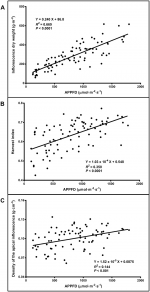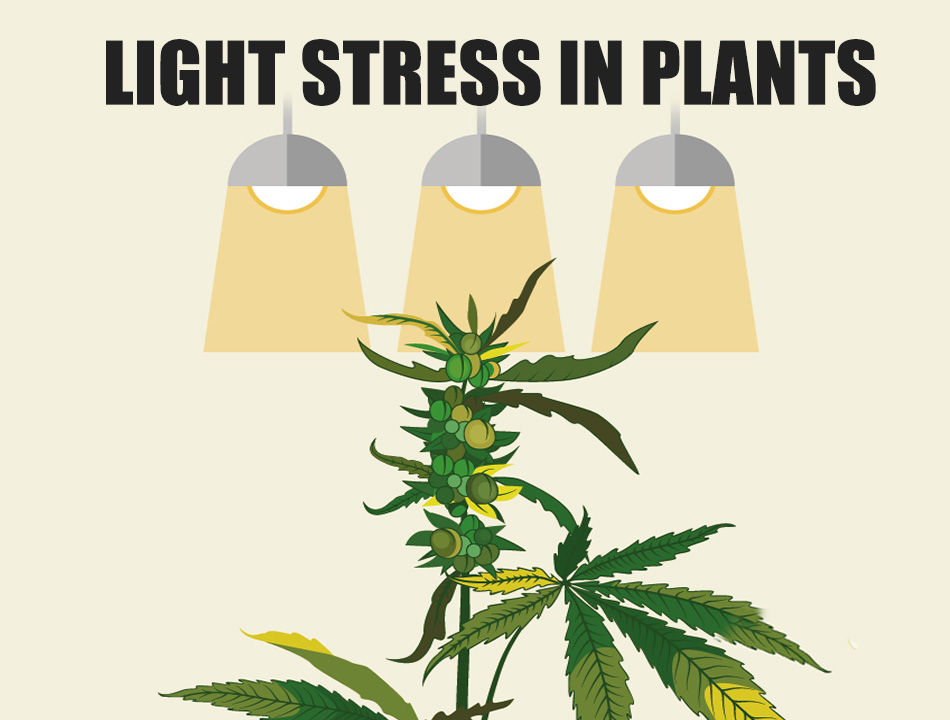acespicoli
Well-known member
 Let there be light
Let there be light 
nugzz
What is PPFD and DLI

THE QUESTIONNAIRE - SURVEY ALLOWS MULTIPLE CHOICES, TELL ME ABOUT YOUR CHOICES.
MAYBE REFERENCE YIELDS GRAMS/WATT ETC LINK SOME THREADS WHATEVER YOU LIKE
AFTER YOUR VOTE IS CAST ALL RESULTS WILL APPEAR

Grow light - Wikipedia
Light Quantity
Light quantity refers to the amount of light a plant requires each day for optimal growth. Historically, light quantity was expressed in units of W m−2, lumens, or lux. While these units are useful in energy calculations, W m−2, or in human lighting (lumens and lux), plant scientists now prefer to measure the photosynthetic photon flux density (PPFD), in units of μmol m−2s−1. PPFD is an explicit measure of the quantity of photons hitting a surface per square meter per second, a more accurate way to measure how plants interact with photons.[35]Another useful way to measure light quantity is through the daily light integral, or DLI. The DLI takes into account the PPFD and the total number of hours a plant is exposed to that PPFD to get the total quantity of photons per day, in units of mol m−2d−1. The equation for converting PPFD to DLI, assuming constant PPFD, is below.[36]
HOPEFULLY WE CAN ALL AGREE ON PPFD ?DLI (mol m−2d−1) =0.0036 * PPFD (μmol m−2s−1) *Hours of Light
IF NOT A CONVERSION CALCULATION WILL BE NEEDED FOR THAT DISCUSSION
PERSONALLY IM INTERESTED IN THE BEST
- SEEDLING/CLONE
- VEG
- FLOWER
THIS FROM #ICFAM VENDOR @Mars Hydro Led TO HELP KICK THINGS OFF

How Much PPFD For Indoor Plants In Each Growth Stage
How do you know that indoor plants are given the optimal amount of artificial led lighting? By PPFD figures. To get better color, healthier leaves, and higher yields, indoor growers need to know how m
1. PPFD for Weed
Weed requires 16 hours of light during their vegetative stage and 12 hours at the flowering stage. As mentioned earlier, a grower can either supplement CO2or not.For regular weed growing, the PPFD for seedling stage is 100-300 µMol/m2/S; the PPFD for vegetation stage is 400-600 µMol/m2/S, and the PPFD for flowering stage is 800-1,000 µMol/m2/S.
When the CO2 supplement in weed growing, the PPFD in the
seedling stage is 100-300 µMol/m2/S, while the
vegetative stage requires 600-1000 µMol/m2/S PPFD and 400-800 ppm CO2.
flowering stage requires 1,000-1,500 µMol/m2/S PPFD and 800-1400 ppm CO2.
(SCIENCE PAPERS COMING)
It is best to consult an expert grower before supplementing carbon dioxide when growing indoors.
Sometimes, the increased inputs due to the use of CO2 may not justify the outputs you desire.
List of light sources - Wikipedia
OK THATS THE THREAD INTRO,
WELCOME - HOPE TO GATHER SOME WELL GROWN CANNABIS SHOTS AS WELL

Last edited:











 thanks brother for catching me slipping
thanks brother for catching me slipping  UV intensity atmospheric gas levels???)
UV intensity atmospheric gas levels???)









